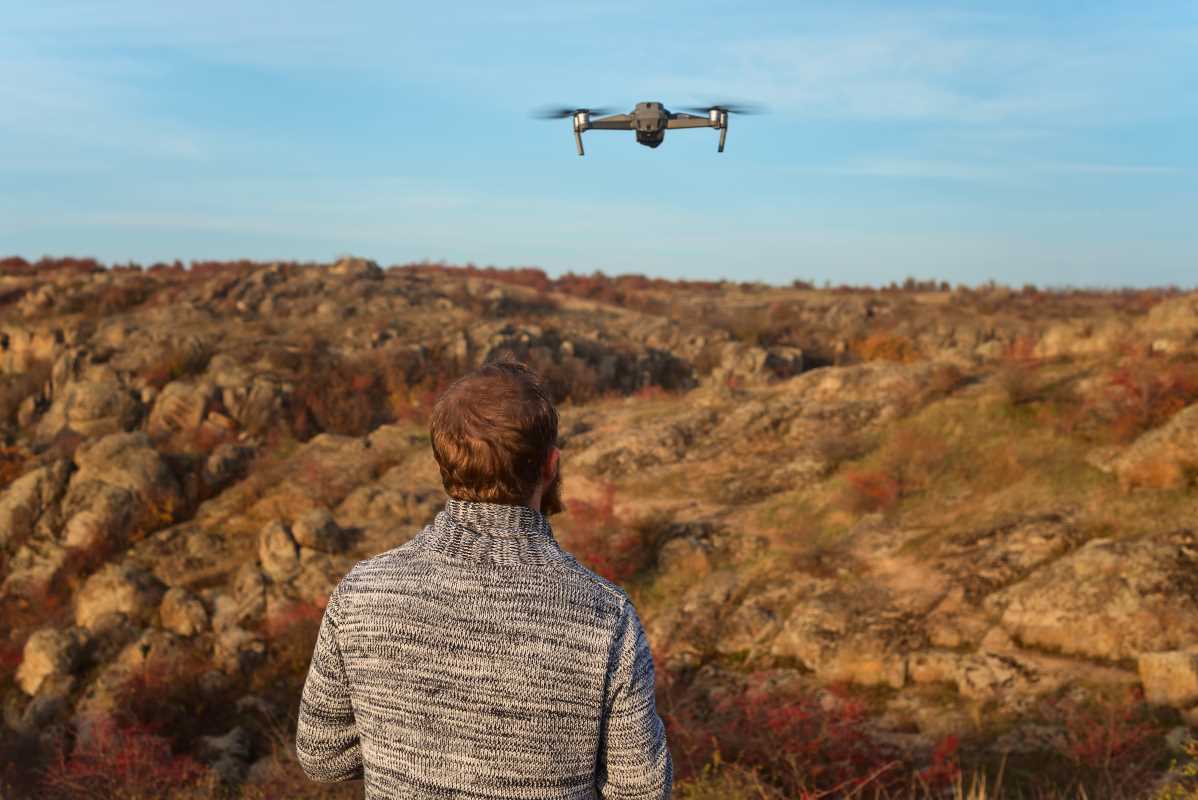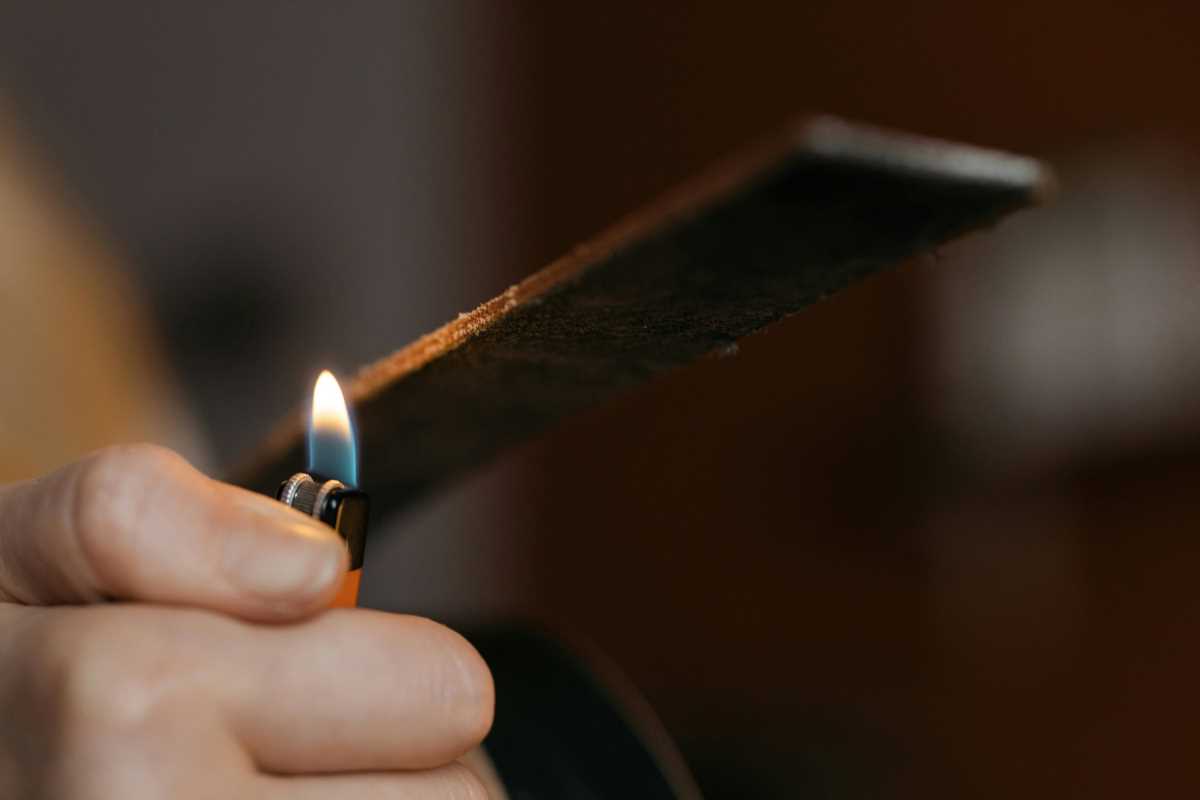Selecting the right drone for your aerial filming adventures opens up new possibilities for capturing breathtaking views. A dependable drone offers smooth flight performance, intuitive controls, and sharp camera capabilities, making it easier to record clear, impressive footage from the sky. Consider devices such as DJI or other well-known brands, and pay attention to important factors like how long the drone can stay airborne, the quality of its camera, and the built-in safety features. These elements work together to help you achieve the results you want, whether you are just starting out or have some experience with aerial photography.
Your drone acts as your personal filming assistant in the sky, offering a perspective that few can see. Think about your budget, experience level, and filming needs when making your choice. The right drone encourages your creativity and opens up new ways to visualize landscapes and cityscapes, turning everyday scenes into impressive visual stories.
Preparing Properly Before Flight
Before you take off with your drone, thorough preparation ensures your safety and enhances your filming experience. Setting up correctly not only prevents accidents but also boosts your confidence during flight. These steps might seem simple, but they create a solid foundation for capturing outstanding footage.
Check your equipment, ensure your drone has fresh batteries, and confirm all necessary software is current. Safety remains a top priority, and a few simple checks help you guarantee uninterrupted filming sessions. Use the following list to remember essential checks:
- Examine the drone's propellers and rotors for cracks or damage.
- Calibrate the compass and verify the strength of the GPS signal.
- Assess weather conditions, ensuring wind and rain stay within safe limits.
- Choose a clear area for takeoff and landing free from obstacles.
- Plan your flight route and mark possible emergency landing spots.
Getting Comfortable with Flight Controls and Safety Measures
Knowing how to operate your flight controls effectively improves both the quality of your footage and your safety. Focus on mastering manual maneuvers and emergency procedures so you can respond quickly if something goes wrong during a flight. Becoming familiar with control sticks and settings refines your flying style, adding accuracy and creativity to your shots.
Practice remains the best way to learn, so try out different maneuvers in a controlled setting. Follow these safety and control tips to help you navigate the skies safely:
- Use gradual, deliberate movements with your throttle and yaw to maintain control in changing wind conditions.
- Control pitch and roll smoothly to shift between angles and create stunning aerial footage (aerial film shots).
- Develop a routine where you fly at various altitudes and speeds to adapt to different environments.
- Always keep your drone in sight, making sure no obstacles come too close.
- Double-check your control settings before each flight and reset them if you notice any issues.
Capturing Cinematic Shots with Your Drone
Building your style involves trying out different camera angles and flight paths to produce engaging visuals that tell a story from above. Use wide shots to capture broad landscapes and closer shots to highlight detailed features of a subject. Playing with movement and timing adds to the cinematic feel of your footage.
Pay attention to the rhythm of your flight, matching your movements to the natural elements around you. When flying, aim for symmetry with the horizon or include creative elements like leading lines and reflections. Whether you plan your shots or go with spontaneous ideas, these techniques offer fresh viewpoints that turn ordinary scenes into captivating visuals.
Editing and Improving Your Footage
Filming only makes up part of the process; editing your clips wisely enhances the overall experience. Modern editing programs allow you to adjust colors, add sound effects, and include dynamic transitions that highlight each scene's beauty. Careful editing improves the clarity and impact of your footage, making your final product more appealing and professional.
Try out different color corrections and filters to match the mood you want to convey. Combine steady shots with creative cuts that flow naturally.
Additional Tips for a Successful Flight
Plan your shots before takeoff—consider lighting, time of day, and angles to elevate your visuals. Good light transforms footage, so position your drone to capture the mood you want.
Keep a flight log to track progress and pinpoint what to improve. Even small changes, like camera focus or flight speed, can unlock creative breakthroughs.
With consistent planning and review, each flight becomes a chance to craft powerful, memorable aerial stories.



.jpeg)



